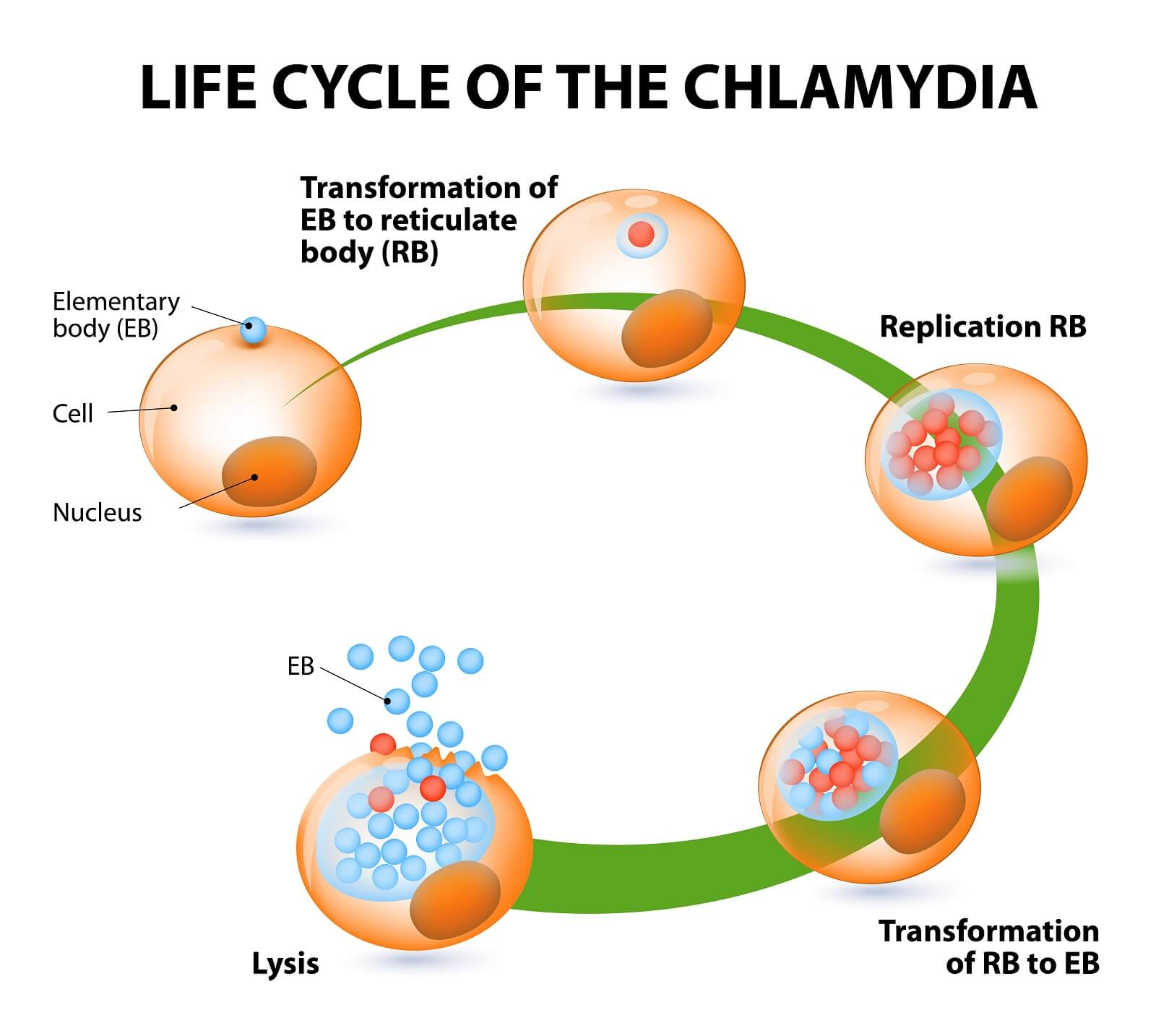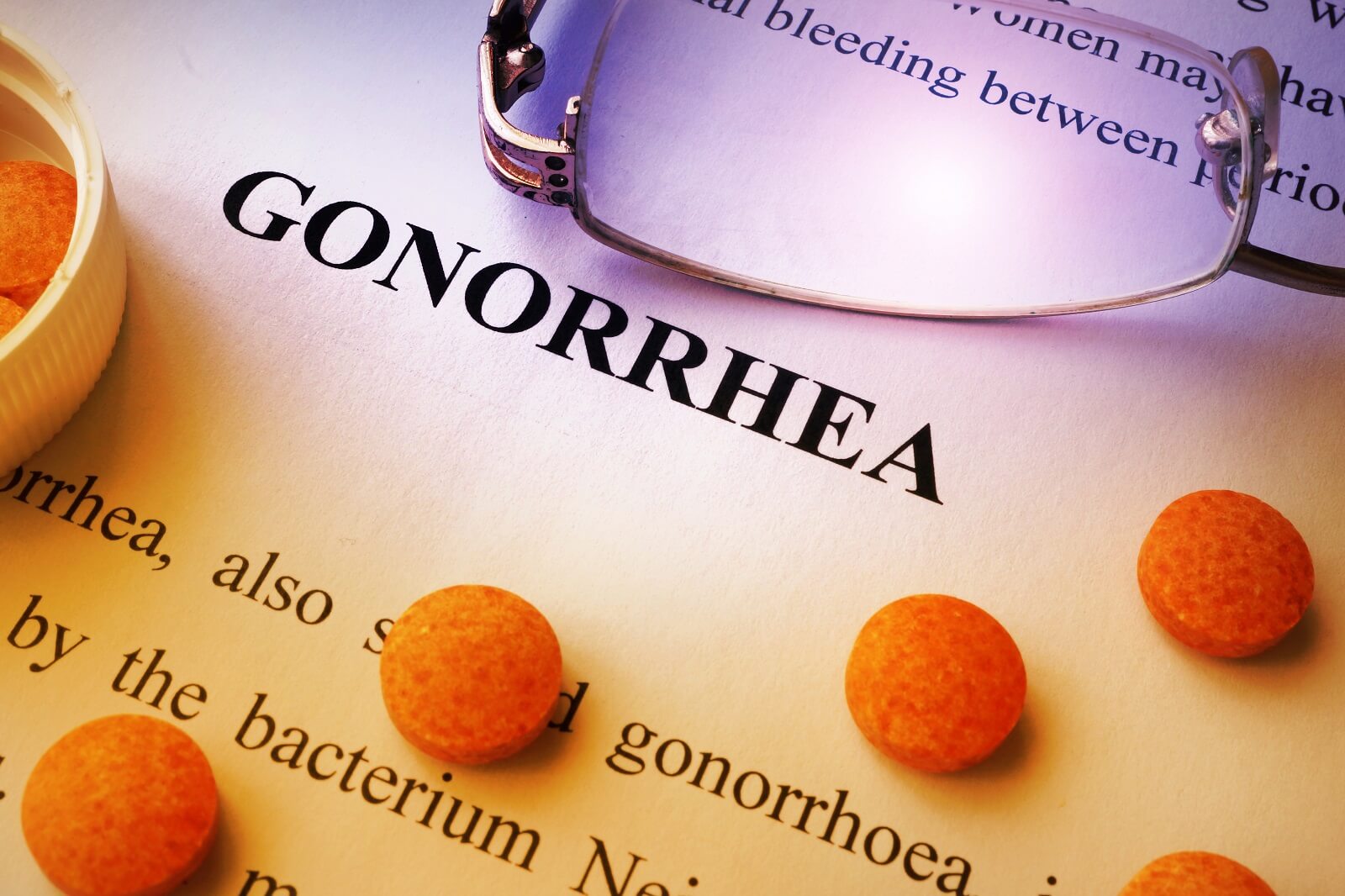See all "Sex and Candida" Section Topics

Yeast infections themselves are not classified as a sexually transmitted disease (STD), but other conditions which are STDs can have symptoms similar to a yeast infection. If you do not know how to properly differentiate between a STD and a yeast infection, you may misdiagnose yourself. A correct diagnosis can be crucial to ascertain a proper treatment. Many treatments for fungal infections will not work on bacterial infections. Some viruses, such as herpes simplex, has no known cure. If you misdiagnose yourself as having a yeast infection when you really have another different health malady, your treatment will probably be ineffective.
To understand how to properly diagnose an STD or yeast infection, it is important to understand the symptoms that the various diseases cause. The more familiar you are with the symptoms each type of infection can cause, the more chance you have of accurately diagnosing yourself.
If after researching the symptoms of yeast infections and STDs you are not sure what type of disease you are suffering from, it would be prudent to consult a licensed doctor.
Yeast Infection Symptoms
Yeast infections can cause a wide array of symptoms, some of the symptoms of a localized infection include the following:
- Cottage cheese like vaginal discharge
- Men with penile yeast infections can see an itchy rash on the penis
- Vaginal itching and burning
- Excoriations (open sores where the skin has worn off)
- Fissures (tears in the skin)
- Bumps with pus and bumps without pus; typically forming around the outside of the infected area
- Painful sexual intercourse
- Painful urination
- Vaginal soreness
- In general, patches of Candida will appear white and creamy; and, can cause slight bleeding when they are scraped away
A systemic infection of Candida, where this yeast has overgrown in the digestive system, can cause a wide assortment of symptoms. Feel free to take the free home yeast infection test on Candida Hub to get a better idea of how likely you are to have Candida. The following symptoms are stated by a key medical expert, the late Dr. William Crook, in his book The Yeast Connection.
- General lethargy; feeling tired, drained, or depressed
- Poor memory
- Feeling “spacy”
- Lack of ability to concentrate
- Symptoms are worse in the presence of odors from tobacco, chemicals, or perfumes
- Frequent fungal infections of the skin occur
- Muscle weakness
- Digestive system problems (bloating, constipation, diarrhea, heartburn)
- Joint pain and swelling
- Frequent colds and coughs
A 1/2 Day & Yeast is Gone!
Linda Allen suffered from yeast infections for years. Through researching natural medicine & Candida, she found an efficacious solution!
Linda is one expert you want on your side! Let her show you how to get rid of a superficial yeast infection in just 12 hours; AND, keep it gone!
A 60-day, 100% money back guarantee is provided.
Visit Official Site!Understanding STD Symptoms
Some types of STDs manifest symptoms that are similar to some symptoms that can be induced by yeast overgrowth. The following information will give you some of the symptoms that are caused by various types of STDs. You can compare your symptoms to those of each health malady and ascertain which type of disease is attacking your body.
The STD Chlamydia

Chlamydia is a frequently occurring STD which affects both males and females of various ages, but frequently attacks young females. Chlamydia is caused by the bacteria known as Chlamydia trachomatis. The bacteria Chlamydia trachomatis can cause unwanted damage to female reproductive organs; eventually a woman can become infertile from the presence of this bacteria. Chlamdyia can sometimes be an asymptomatic health malady and therefore can make this condition hard to detect by simple observation. When symptoms do occur, they are frequently mild.
The symptoms of the STD chlamdyia include the following symptoms:
- Feeling pain during urination
- Feeling burning sensations during urination
- Feeling pain in your lower abdomen
- Women can experience vaginal discharge
- Men can experience discharge from their penis
- Men may experience pain in their testicles
- Women may experience pain during sexual intercourse
- Women may experience unusual bleeding between their menstrual periods
The STD Gonorrhea

The microscopic culprit responsible for gonorrhea is the bacterium Neisseria gonorrhoeae. Neisseria gonorrhoeae grows and proliferates in the moist, warm sections of the vagina and penis. Neisseria gonorrhoeae can also infest other warm, moist areas such as the throat, mouth, anus, and eyes. Gonorrhea most frequently infects the rectum, urethra, and throat. Babies can become infected during the process of childbirth if their mother’s reproductive organs are infected with gonorrhea.
Gonorrhea sometimes can infect a person and not generate any symptoms to signal to the individual that they are infected with Neisseria gonorrhoeae. When symptoms are present in an infected individual, they can include the following symptoms:
- Men and women can experience painful urination or burning sensations while urinating
- Men may experience a pus-like discharge from the top of the penis
- Men may experience one painful or swollen testicle.
- Women may experience more vaginal discharge
- Women may have unusual bleeding between their periods, sometimes after sexual intercourse
- Women may experience abdominal or pelvic pains
The STD Trichomoniasis

Trichomoniasis is a STD that affects both males and females, although the symptoms of trichomoniasis are more commonly found in females than in males. Trichomoniasis is caused by a small microscopic organism known as a protozoa. The name of the protozoa that causes trichomoniasis is Trichomonas vaginalis. Both men and women can develop trichomoniasis; women most regularly develop trichomoniasis in the vagina and men usually develop this STD in their urethra.
The symptoms of trichomoniasis include the following symptoms:
- Men may temporarily experience burning sensations after urinating or ejaculating, and men may also feel irritation inside their penis.
- Men may temporarily have discharge from their penis
- Women may have a bad smelling vaginal discharge that can be the colors green, yellow, gray, or white
- Women may develop itching and burning sensations in their genitals
- Women’s genitals may develop redness
- Women may experience pain during sexual intercourse or while urinating
The STD Syphilis

Although syphilis is not really similar to a yeast infection, it is an STD that is important to understand. Syphilis is an STD that is caused by the bacteria known as Treponema pallidum. The symptoms that Treponema pallidum can cause make syphilis seem like other types of health maladies. Consequently, you may need to see a medical doctor to ascertain if the disease syphilis is truly the culprit causing your symptoms.
Individuals can contract syphilis by having direct contact with a syphilis sore. Syphilis sores will manifest primarily on the external genitals, anus, rectum, or vagina. Sexual contact with these areas of the body can cause syphilis to spread.
Syphilis causes a variety of symptoms depending upon how long the disease has infected your body. Early stages of syphilis can result in small sores known as chancre to develop. If left untreated a rash can develop. In the very last stages of the disease, syphilis can start to damage many different areas of the body. As a result, it is important to get treated for this disease immediately after you have become infected.
Eliminate Bacterial Vaginosis & Vaginal Odor
Jennifer O’Brien is one prominent expert on BV that knows how to get rid of vaginal odor. BV is a common infection that you don’t have to put up with.
Jennifer will show you how to naturally eliminate vaginal odor in just 3 days.
A 60-day, 100% money back guarantee is provided.
Visit Official Site!A Natural, 12 Hour Yeast Infection Cure

According to a research paper published in Clinical Microbiology Reviews [12.1 (1999): 80-96], Candida species are quite ubiquitous organisms. Candida are most frequently present in the mouth; and, live in 31% to 55% of healthy people. The species that causes approximately 70% to 80% of all Candida infections is C. albicans.
The Chinese Journal of Obstetrics and Gynecology [2011 Jul;46(7):496] reports there appears to be a correlation between intestinal Candida infections and vaginal yeast infections. And, this provides a clue, as to why yeast infections in general, can reoccur.
This study states, in 148 cases of vaginal candida infections, 33.1% of the women were infected in both the intestines and vaginal area. The recurrence rate of yeast infections, in women with simultaneous intestinal infection, was significantly higher than for women who did not have an intestinal infection. This study concluded that vaginal yeast infections are highly associated with simultaneous intestinal Candida infection.
As research appears to indicate, systemic Candida infections can and do happen. A more systemic Candida infection may primarily get a foothold in the intestines; and cause a wide array of problems. If your yeast infections keep happening, a systemic Candida problem may be why.
One woman who suffered from a systemic Candida infection, for about 12 years, was Linda Allen. The systemic Candida infection that attacked Linda caused a wide range of health problems in addition to yeast infections. Some of these problems, Linda describes in her own words in the following quote:
To be honest, it was hard to pinpoint exactly what was wrong: I wasn’t really sick, but I wasn’t really well either. I had listlessness, fatigue, brain fog, stomach ailments, unexplained rashes, skin infections, and so on. It seemed like every day brought a new challenge.
My energy was sapped and I felt exhausted, which affected my grades and put a big dent in my social life.
Linda Allen’s symptoms included an embarrassing vaginal discharge, severe itching, and burning sensations. Her infections were difficult to deal with, and Linda’s health problems cost her financially as well. Linda states these infections of Candida can become excruciating when they happen as frequently as a menstrual period.
Yet, Linda spent a great deal of time in research; and even questioned health professionals who were kind enough to share some time with her. Linda even tried an array of purported "cures." Although it took a while, eventually, Linda put together a natural treatment plan she hoped would solve her Candida situation.
After spending about a year refining her new approach, Linda tried her system on herself. It worked amazingly well. Linda even returned to a few medical doctors to get tested for the presence of infections. These tests revealed all indicators of infection had vanished! Linda was indeed well again, after such a long, difficult journey.
Linda has since published a book detailing how to copy her success. She also includes a 12 hour yeast infection cure that can get rid of a superficial (such as a genital yeast infection or oral thrush) yeast infection in about 12 hours.
Linda’s publisher protects those who get her book with a 60 day, 100% money back guarantee. Linda’s publisher, a subsidiary of the United States based firm Keynetics Incorporated, is a reputable digital retailer that has been around for a long time. They have great customer service, and make getting a full refund on Linda’s book quick and easy. If you’re not satisfied, you can quickly get all your money back.
If you would like to learn more about Linda’s journey to freedom from Candida, see reviews of others who tried her natural system, or find out more about her efficacious book; you can find more information at Linda Allen’s website.
Author: Mr. Nicholas Gross

Nick Gross is a natural medicine enthusiast who has been researching and writing about natural medicine since 2008. Nick is primarily a web developer but also researches and authors written and video content about natural health. Nick has a bachelor’s degree in Management Information Systems from the University of Northern Iowa.
Disclaimer
The information on this website is not a prescription for anyone. This information is for informational or educational purposes only, and is not a substitute for professional medical advice or consultations with healthcare professionals.
Affiliate Disclosure
Some of the links provided on this website are affiliate links. When a purchase is made through these links, Candida Hub earns money from commission. This helps to keep the website up and helpful to people for free. Thank you for any support!
Stay Up to Date
If you enjoyed this article, consider following / liking our Facebook page. This page is primarily utilized to alert followers of new articles that are put on Candida Hub. Candida related news is also discussed. While you are there, you can see what has been more recently added to Candida Hub.
Clair Goodall: Author & Nature Lover
Clair Goodall is a bee-obsessed natural medicine convert from Minnesota. She is one expert you might want to know more about!
Clair will help you protect you and your family from toxic products and chemicals and help you discover solutions from nature.
Also, Clair’s book is backed by a 60-day, 100% money back guarantee
Visit Official Site!SOURCES:
- Google Books — Crook, William G. M.D.. The Yeast Connection: A Medical Breakthrough. Vintage Books, 1986
- http://www.cdc.gov/fungal/diseases/candidiasis/genital/ — Genital / vulvovaginal candidiasis (VVC). Centers for Disease Control and Prevention
- https://doi.org/10.1128/CMR.12.1.80 -- Fidel, Paul L., Jose A. Vazquez, and Jack D. Sobel. "Candida glabrata: review of epidemiology, pathogenesis, and clinical disease with comparison to C. albicans." Clinical Microbiology Reviews [12.1 (1999): 80-96].
- https://pubmed.ncbi.nlm.nih.gov/22041440/ -- Lin XL, Li Z, Zuo XL. "Study on the relationship between vaginal and intestinal candida in patients with vulvovaginal candidiasis." Chinese Journal of Obstetrics and Gynecology (Zhonghua fu chan ke za zhi). [2011 Jul;46(7):496].








